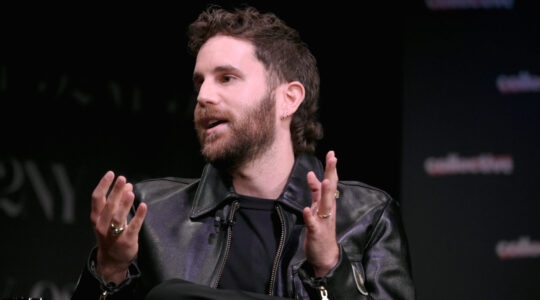How did a game that graced ancient Chinese tables (in the company, some posit, of Confucius) come to grace contemporary Jewish tables (in the company, perhaps, of babka and Slivovitz)?
While books, documentary films and traveling museum exhibits have puzzled over mah-jongg becoming such a Jewish craze, no one has reached a definitive answer. Could it be connected to the formation of the National Mah Jongg League (NMJL) by a group of Jewish women in 1937? Or to its popularity among Jewish wives during World War II while their men were away? Or the game’s prominence at Jewish bungalow colonies in the mid-20th century? Or else, as NMJL president Ruth Unger believes, that selling mah-jongg cards functioned as a fundraising source for synagogue sisterhoods and Hadassah chapters?
Whatever the reason, the game has remained a fixture in the Jewish world ever since it came to the U.S. in the 1920s. And even today, says, Annelise Heinz, of Stanford University’s Department of History, the game is enjoying a Jewish renaissance. “Many of the Jewish daughters who once rejected mah-jongg are now returning to the game as a way to connect with their Jewish identities and rekindle memories of their mothers.”
___
» Buy Mah-Jongg: From Shanghai to Miami Beach
» Watch a preview of the documentary Mah-Jongg: The Tiles That Bind
» Learn more about the Jewish history of this Chinese game
» Visit a traveling mah-jongg museum exhibit
___
Watch the trailer of Mah-Jongg: The Tiles That Bind:
JTA has documented Jewish history in real-time for over a century. Keep our journalism strong by joining us in supporting independent, award-winning reporting.





